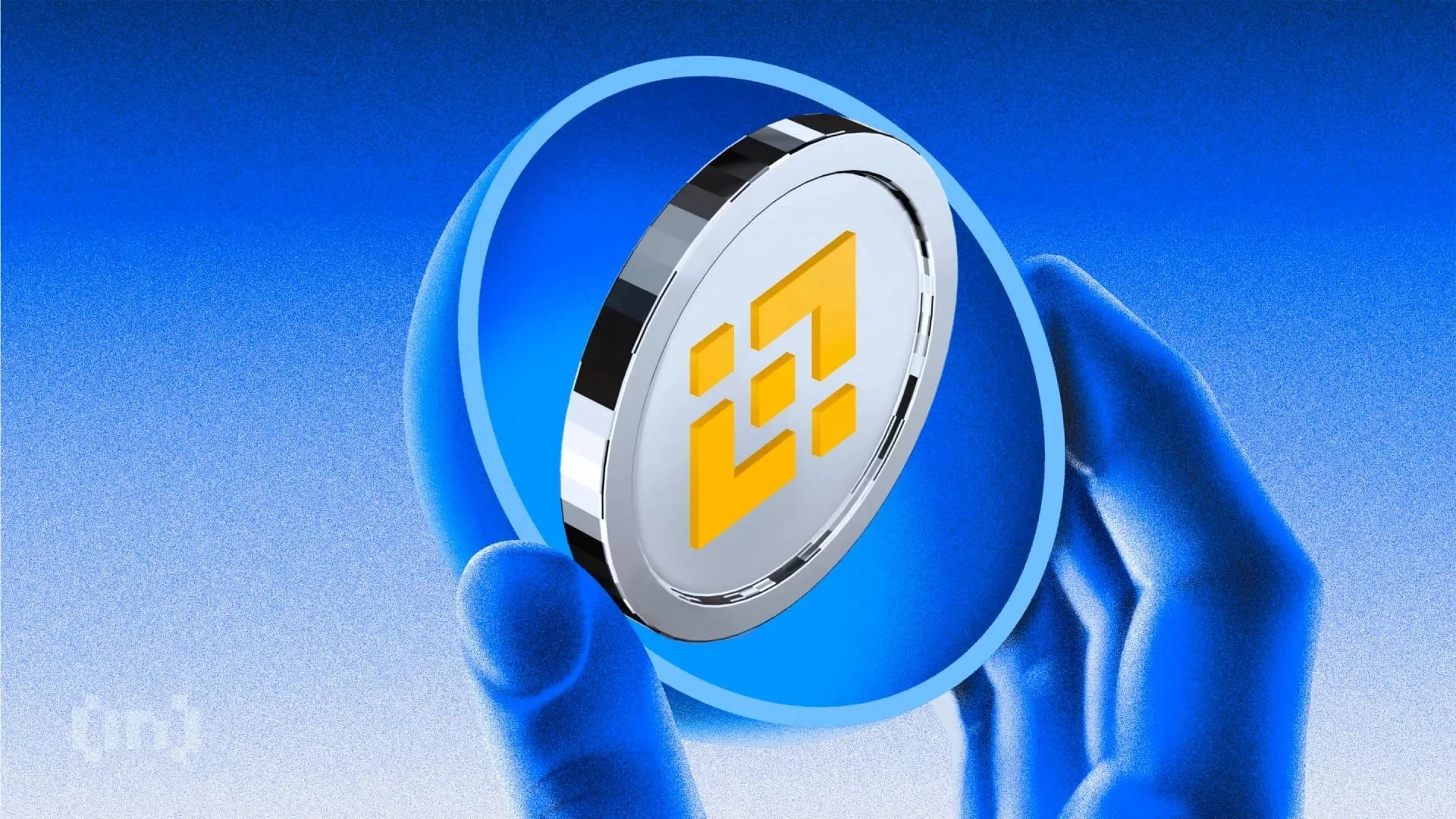In the rapidly evolving world of blockchain technology, governance plays a crucial role in shaping the future direction of networks. While on-chain governance leverages smart contracts to automate decision-making, off-chain governance relies on discussions and agreements outside the blockchain itself.
Understanding Off-Chain Governance
Содержание статьи:
Off-chain governance encompasses the processes and structures that guide decision-making outside the blockchain. It involves discussions and debates in online forums, developer meetings, and social media platforms. Major blockchains like Bitcoin and Ethereum primarily use off-chain governance, where stakeholder consensus plays a vital role in network evolution.
Key Characteristics
- Decentralized Discussions: Stakeholders engage in open discussions on platforms like forums and social media.
- Consensus-Based Decisions: Decisions are made through reaching a consensus among the community.
- Flexibility: Adaptable to changing needs and circumstances.
Examples of Off-Chain Governance
Several prominent blockchains utilize off-chain governance:
- Bitcoin: Proposals are made in the form of Bitcoin Improvement Proposals (BIPs) and are debated in community forums.
- Ethereum: Changes are actively discussed off-chain on discussion forums, boards, and social media.
Advantages and Disadvantages
Off-chain governance offers several benefits:
- Flexibility: Allows for community input without risking large token holder control.
- Community Engagement: Encourages broad participation and diverse perspectives.
However, it also has potential drawbacks:
- Inefficiency: Debates can be protracted and lead to delays.
- Influence of Stakeholders: Risk of undue influence by certain stakeholders.
As of today, March 27, 2025, the role of off-chain governance remains vital in blockchain ecosystems.
